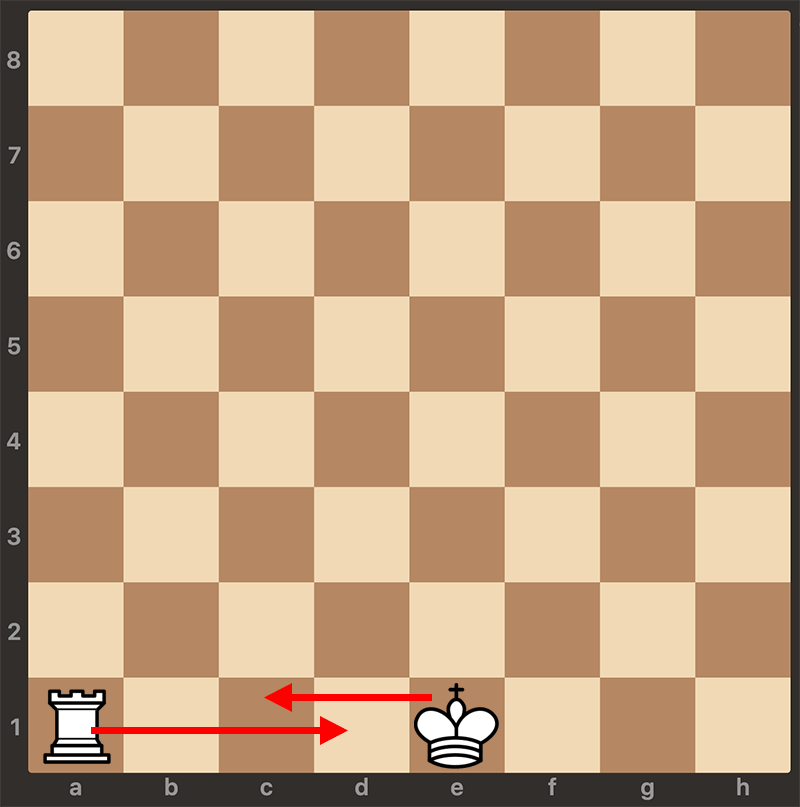
Chess is a strategic game. It is founded on the knowledge of every piece and the various stages of play. There are 32 pieces on the board, and each player has an army of 16 pieces. The army is composed of one king, one queen, two rooks, two knights, two bishops, and eight pawns, all with unique roles and purposes in the game.
The most crucial piece of the game is the king. Although it is only able to move one square in any direction, the key objective of the game is protecting your own king while checkmating the opponent's king. Checkmate occurs when one king is under direct attack without the possibility to escape.
The queen is the most powerful piece in chess because of her unique ability to move freely horizontally, vertically, and diagonally. This versatility makes the queen invaluable in both offense and defense.
Rooks have the ability to move in straight lines, making them critical in controlling open files across the board. They also enable castling, a special move that safeguards the king.

Bishops move in diagonal directions. They excel when they cover open diagonal squares, making them strong long-range attackers. It is easy to overlook their paths due to their movement style.
Knights may have the most unique movement dynamic by moving in an L shape with the ability to move over pieces. This distinct movement makes the knight very effective in congested scenarios that often appear in the early phases of the game, where a lot of pieces are still on the board.
The frontline of every army is formed by pawns. They only can move one square vertically at a time, except the first time you move them, when they are able to move two vertical squares at a time. They capture pieces diagonally, making them able to change vertical lanes. When a pawn reaches the other end of the board, it gains promotion to a piece of choice, which can alter the direction of the game completely.
References:
Chess.com
Chess House